Bird Pest Control
Stevenage, Hertfordshire
Are you looking for Bird Pest Control Stevenage, Hertfordshire and the surrounding areas? If you need help or advice in solving a bird infestation, get in touch today. our pest control experts are here to help.
Contact our bird pest control specialist today on 07807 429 843.
What Are the Dangers of Birds?
Many dangers come from birds. Some can come from specific, and others can come from just about any bird. Some of the dangers from birds include:
Pathogens and Diseases
Pathogens and diseases can be dangerous to humans or have some effect on us. There are over 100 pathogens that have been reported to be carried by pigeons.
There is a lot of research to suggest that other wild birds can carry and transmit different diseases onto humans. Two of the main ways that the pathogens and diseases are passed onto humans are through contact with the pigeon itself or through the droppings it creates.
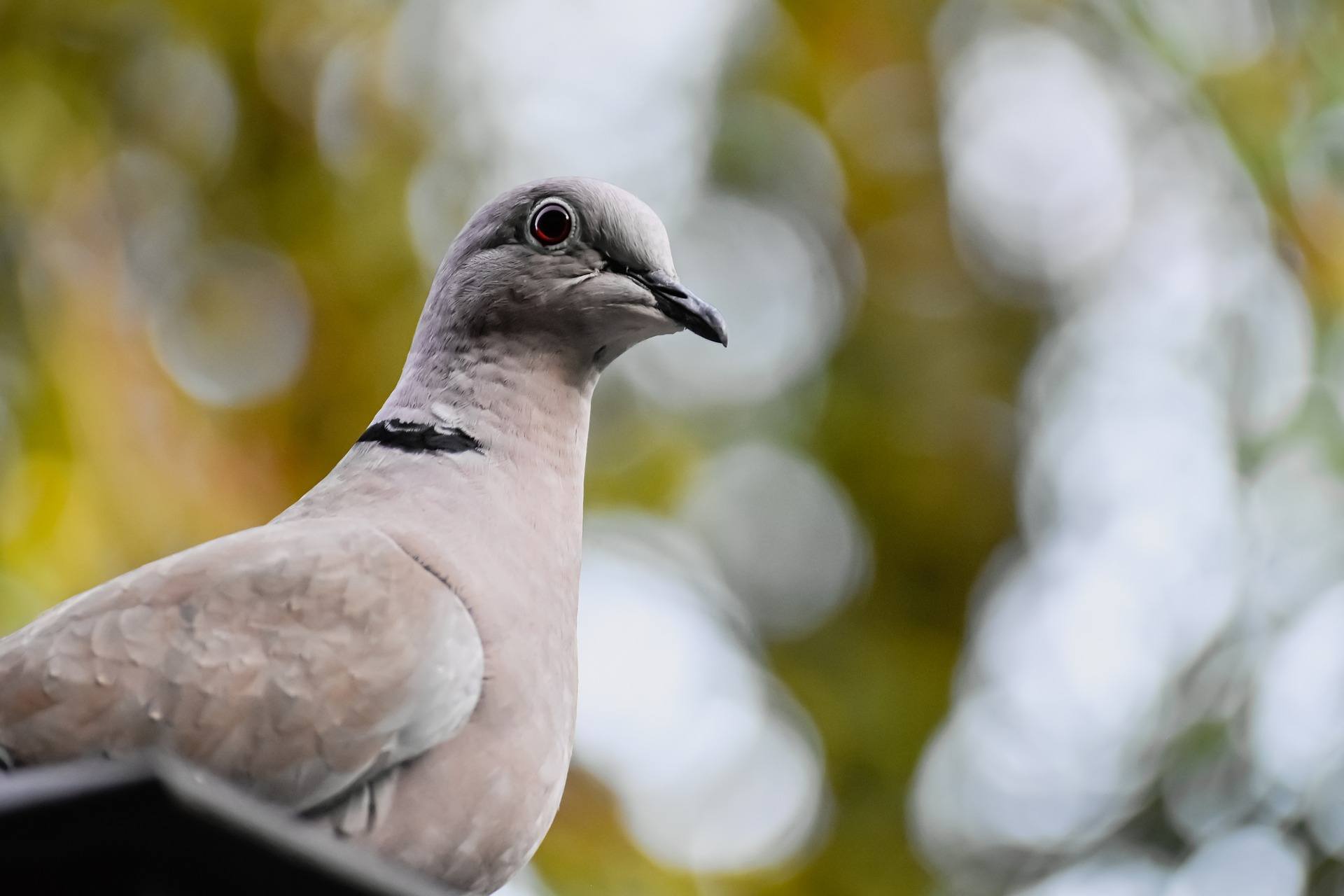
For example, when pigeon dropping becomes dry, they usually become airborne as small particles, creating respiratory problems later in life.
If you are cleaning out bird droppings, wearing the appropriate PPE or personal protective equipment is essential for your health. Food-borne bacteria usually spread to humans when you have poor food hygiene standards or make direct contact with bird droppings.
If you contact bird droppings, you should wash your hands immediately afterwards to avoid any dangers.
Safety
Many types of bird droppings are slippery and can cause severe pavements and other paths. During certain times in the year, some birds like seagulls/gulls have been known to attack people unprovoked. This can cause people to panic and harm themselves, but the gulls also have the ability to draw some blood depending on where you are attacked.
All types of birds can cause severe damage to some aircraft. It has been known that some birds can be sucked into the engine of some planes and cause some engine issues. Although these bird strikes are not always fatal, they are more than capable of causing severe damage to the engine, which can cause some emergency landings.
Signs of a Bird Problem or Infestation
Many types of birds have adapted quite well so that they can survive around humans for many years. Some examples of birds that have adapted to survive around humans are pigeons and seagulls or gulls.
Although they have gotten used to being around humans in cities, they are still birds and, as such, spend most of their time high up, keeping away from humans when they don't need food.
There are a few signs that you have a bird infestation problem, including:
Being able to spot a large number of birds settling on ledges or roofs.
Hearing loud cries or bird noises from young chicks.
Finding nesting materials like sticks around your home or business.
Having damaged stocks from birds pecking at it.
Finding bird droppings near you.
Finding your guttering and drainage systems are blocked with feathers and nesting materials.
Our Bird Pest Control covers Bedfordshire and Hertfordshire including:
- Stevenage
- Letchworth Garden City
- Luton
- Leighton Buzzard
- Hemel Hempstead
- Welwyn Garden City
- St Albans
- Hatfield
- Hertford
- Dunstable
- Bedford
- Hitchin
- Royston
- Biggleswade
- St Neots
- Harpenden
Types of Birds That Can Be a Pest
There are many species of birds that coexist with humans and rarely have any conflict with us. However, some species of birds, under certain circumstances, can be considered pests. Although there are a few birds still considered pests, they can still have protection by law. Some types of birds that are considered pests are:
Pigeon Control
Pigeons or feral pigeons are common in cities, towns, and rural areas across the UK and worldwide. These feral pigeons are known to be descended from domesticated rock doves, and the population is supported by racing pigeons that escape.
The pigeons commonly create their nests in buildings, bridges, or structures with easy access to shelter. You can usually tell if there is a nest by the number of droppings found around in certain areas or buildings, and the nests can become quite big over time.
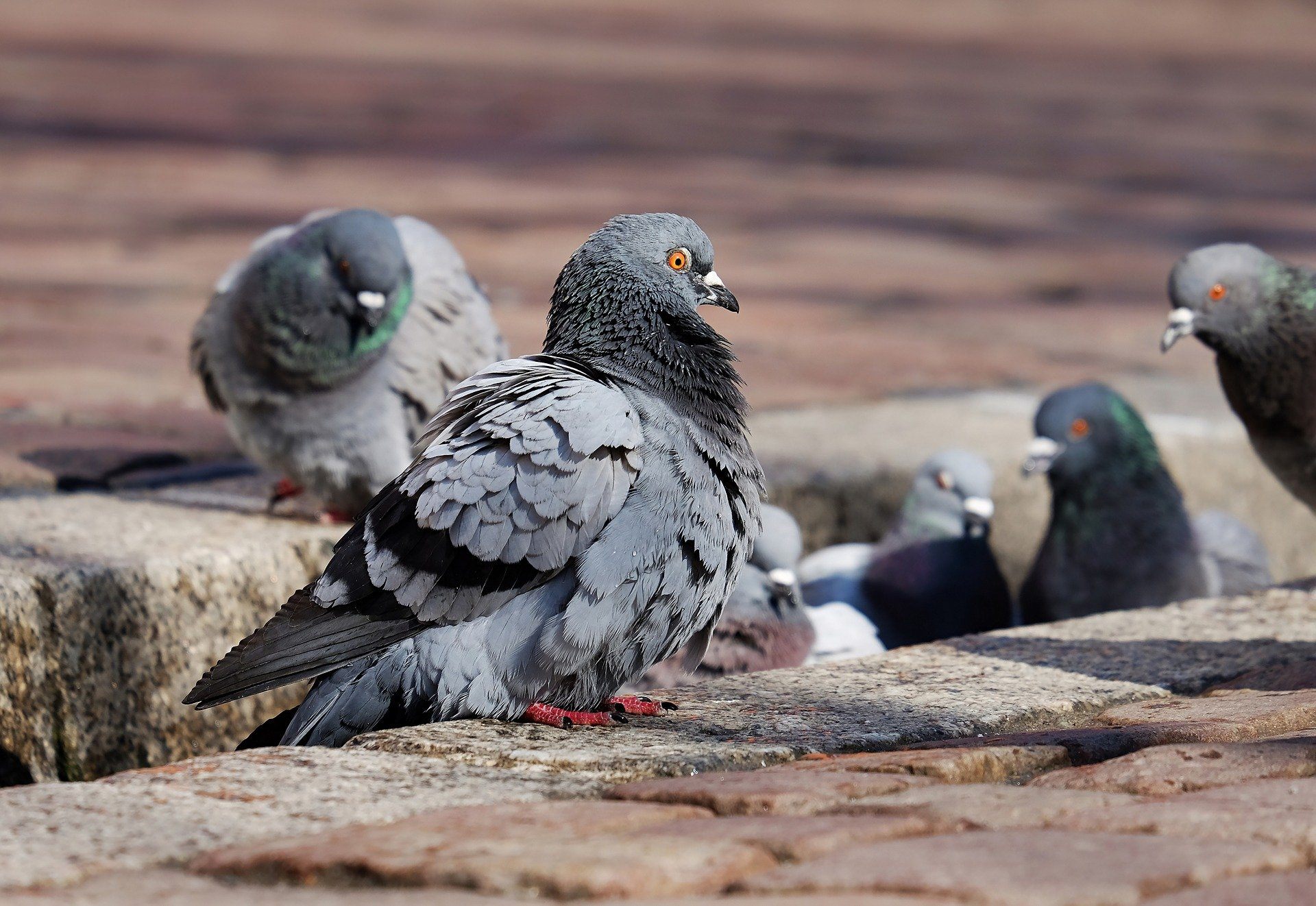
There are a few ways to give yourself a better chance of getting rid of these pigeons. Some of these include: Removing as much food as possible to make them change locations for a better food supply.
Covering as many bins as possible near the nest and restricting access to food is important. Don't feed the pigeons. Add bird proofing to the building or structure with nets, spikes or mesh, to stop the pigeons from perching and roosting within the sheltered structures.
Bear in mind that loud noises and visual things will not have the desired effect on pigeons as they can adapt to new environments rather quickly. Using other birds of prey can be useful but can create more problems. If a bird nest has entered food premises or gotten past the bird proofing made on the building/structure, a lethal option can also be used if needed.
Please remember that culling pigeons to reduce their flock size isn't very effective or successful without restricting food resources. Otherwise, it will not take long for the population to recover completely. Culling pigeons must be the last option and stay by a wildlife licence that the appropriate government department has issued.
Gull Control
Many people think that seagulls are found in coastal areas, but they can be found anywhere if there is a food resource available. Many gulls are known to make their nests on buildings or structures and find food where they can.
When the gulls have chosen a spot for their nest, they will return each year to this place. Gulls also fly some distance to get food that they need from other landfill sites, sewage outlets, and scavenging what they can at the time. Also, during the winter, it is known for gulls from different parts of Europe to fly to the UK for wintertime and return later on.
There are a few methods that you can use for bird control, such as gulls and stop them from nesting in specific areas. Some of these methods include:
Add bird proofing to the top of buildings or structures such as netting, spikes, or even parallel wires to reduce the number of birds perching there.
Standard equipment doesn't usually work to stop gulls from perching in areas due to their large size. It would help if you used relatively heavy-duty equipment.
Using electrical deterrents, audio deterrents, and birds of prey regularly fly over the buildings or structures you want safely.
Killing a gull is usually not allowed unless there is no other way to remove them, and if this occurs, it must be done in the way that is detailed on the wildlife license that the government issues.
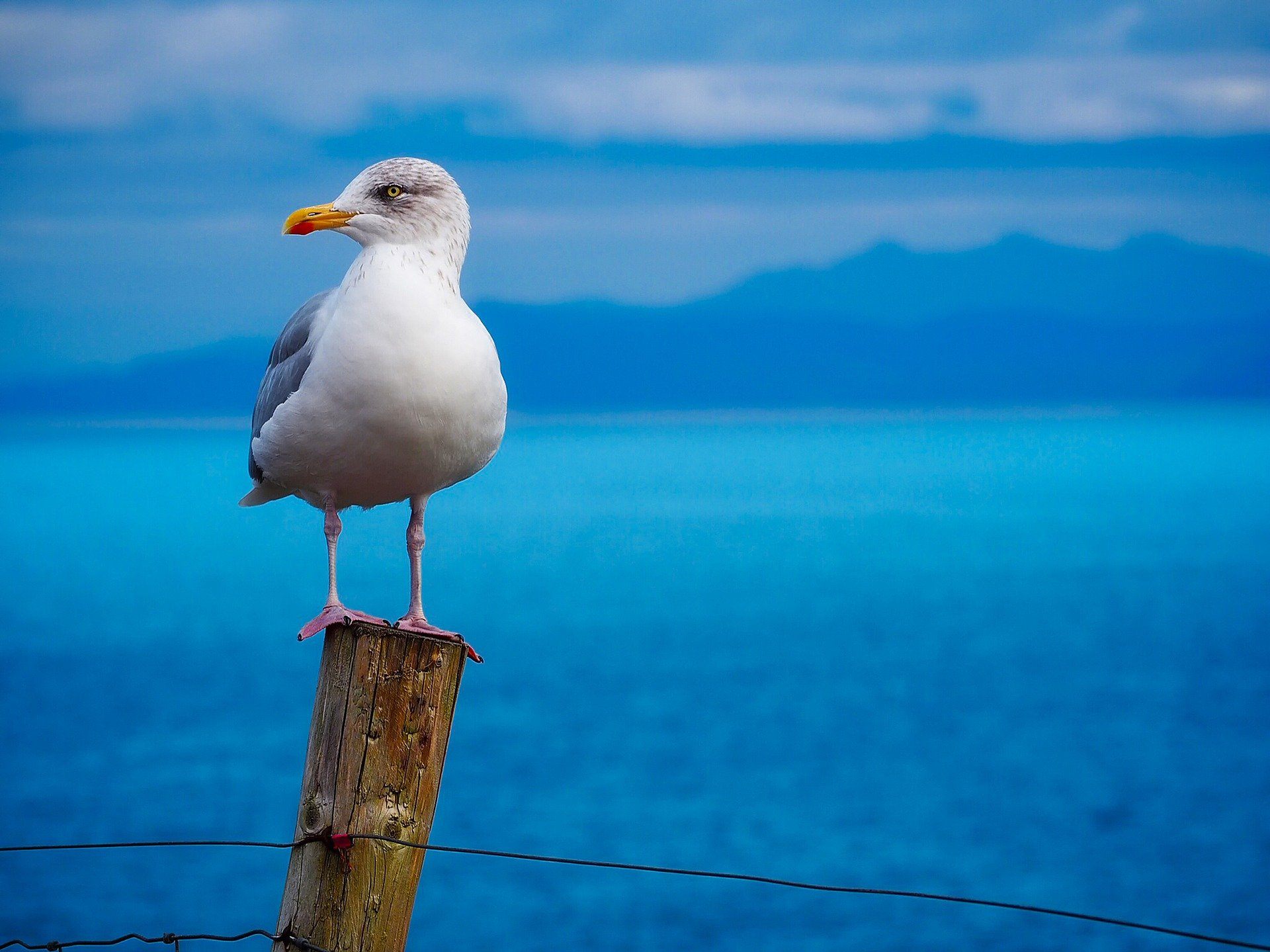
Starlings Pest Control
Starlings have many options to roost with the many buildings, structures, and trees within the cities. The droppings that they leave have been known to slowly erode stonework and make the pavement slippery and dangerous to walk on. There are a few methods that you can use for bird control.
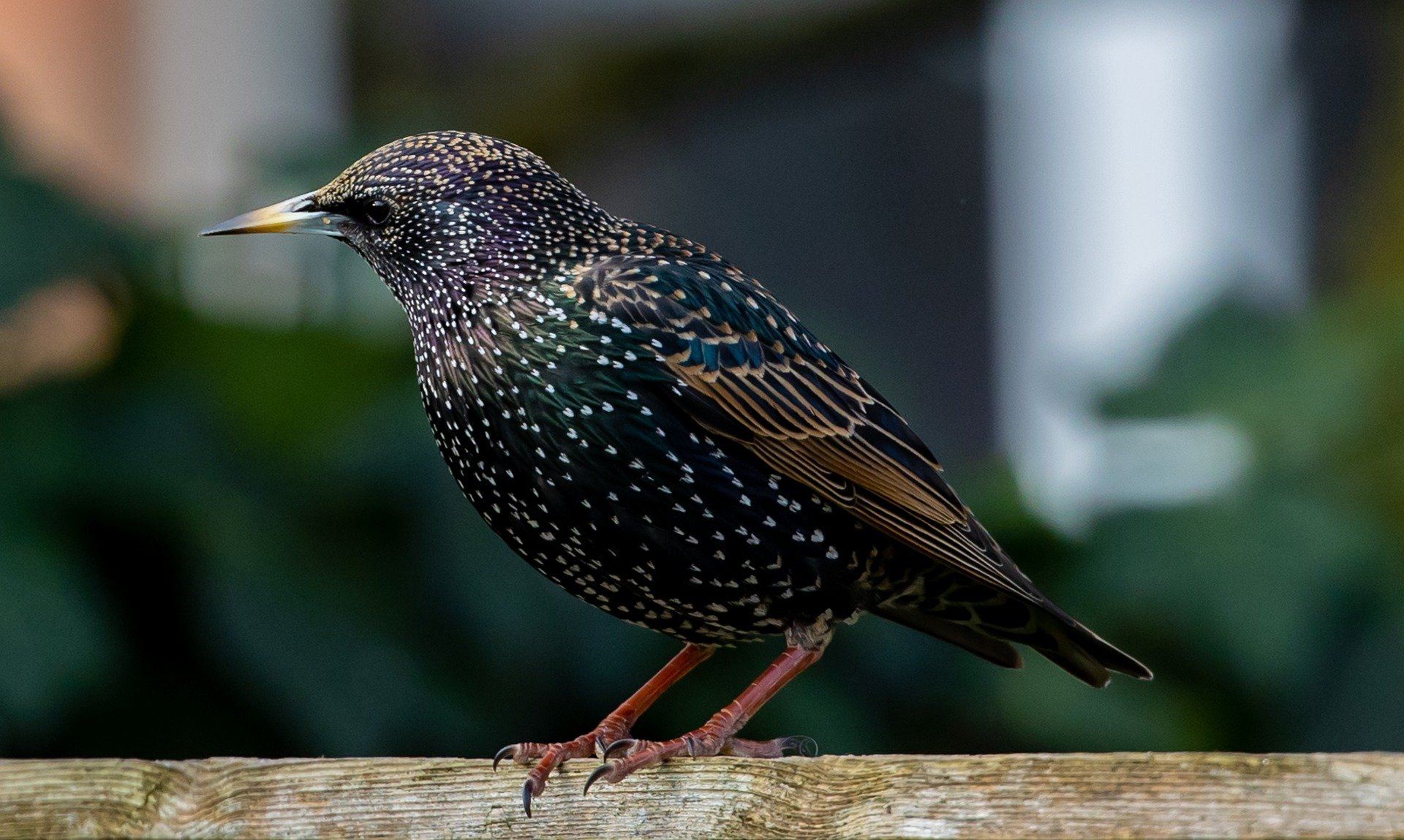
Some of these methods include: Adding proofing to any buildings or structures possible with nets and doing the same for entry points to houses. This is one of the most effective methods that you can use. Using scaring devices can also become rather effective depending on the situation. However, it is suggested to allow people who are used to the system to use it.
Calling a qualified professional pest controller is also helpful in situations like this to get the job done quickly as longs as they have the appropriate wildlife licence. Bear in mind, killing starlings is not allowed unless the government has issued a specialists licence in this situation.
Sparrow Infestations
Sparrows are relatively small and can easily get through small gaps in your house. Once they have entered the property, they can be rather difficult to remove.
These are not a common issue for domestic homes, but commercial-like bakeries are common and difficult to deal with. These sparrows nest pretty much anywhere they want, inside holes in walls to trees to rainwater pipes, etc.
These sparrows can cause food companies issues as they can get caught inside and peck through the wrappings on foods.
There are a few methods that you can use to control birds, such as sparrows. Some of these methods include: Using net proofing is usually preferred by professionals as they typically get through small gaps in walls. Bird netting in small areas is more likely to stop them from entering.
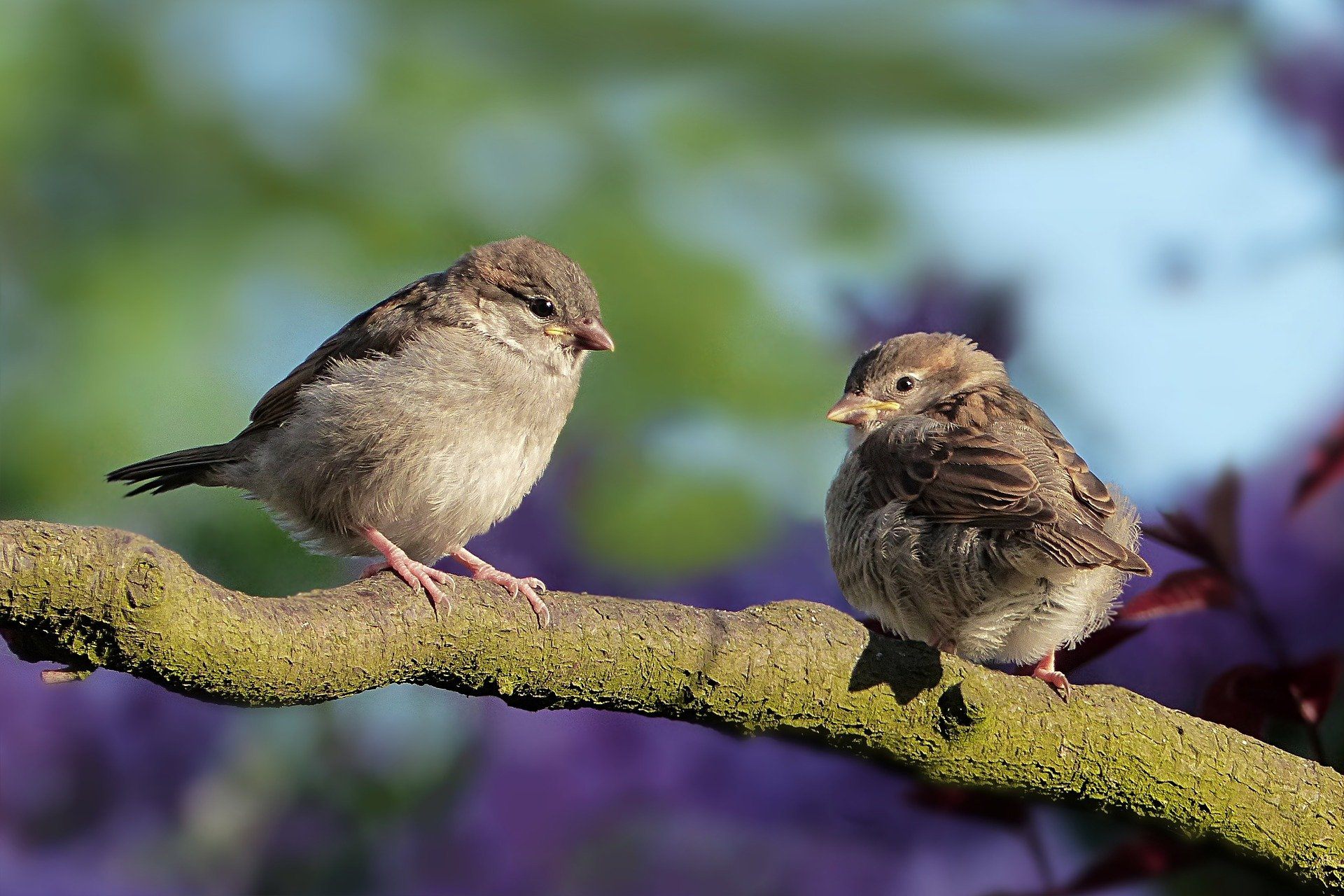
One of the last resorts is physically capturing the sparrow using nets and other traps, releasing the sparrow into the wild a little way off-site. The removal of birds can be difficult and dangerous for the birds if not done by a team of trained professional with years of experience.
Finally, the last resort is killing the sparrow. However, this must be the last option and can only be done if you have a special licence issued by the government. This is why having proper protection for your property is important as it reduces the need for such things being used when trying to remove birds.
If you suspect that you have a pest in your home or office, call Red Tail Pest Control today for a free, no-obligation quote.
Domestic Pest Control Commercial Pest ControlIf you want more information about bird pest control in Stevenage, Hertfordshire or the surrounding area we can help. Get in touch with our pest control expert on 07807 429 843. Alternatively you can use our contact form to send an enquiry.
